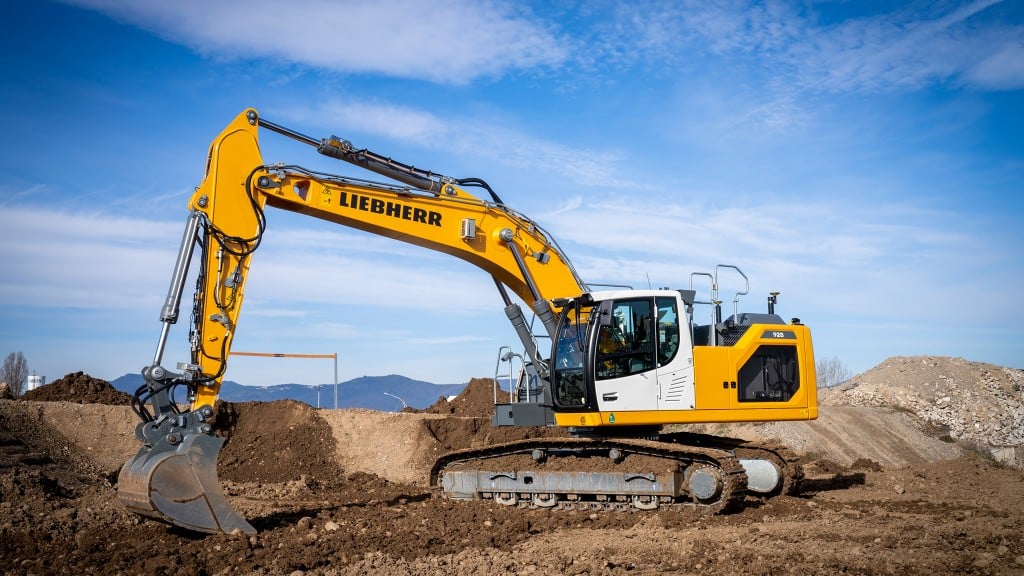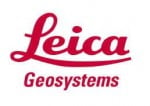Liebherr and Leica expand semi-automatic machine control options for Generation 8 excavators

As digital transformation continues in the construction industry, machine control and other operator assist systems are becoming more important for contractors. Liebherr, working with Leica Geosystems, has expanded the availability of semi-automatic machine control to its Generation 8 crawler excavator line.
Leica machine control is already available in several Liebherr machine lines, including 2D passive and 3D passive systems for the Generation 6 and 8 excavators, as well as the 2D "3D-ready" semi-automatic and 3D semi-automatic for Generation 6.
With the update, 2D "3D-ready" and 3D semi-automatic systems will now be available on Liebherr R 922, R 924, R 926, R 928, R 930, R 934, R 938, and R 945 excavators. The 2D "3D-ready" passive machine control system is also offered for these models.
Machines are fitted with the Leica Geosystems components during production, and the buyer then receives a pre-calibrated machine, eliminating later installation downtime.
Liebherr and Leica systems match up to any application on the job site. Passive systems require the operator to follow indications on the cab display and operate the machine themselves to complete the job. In semi-automatic mode, the machine control system provides active support. The operator only needs to control the machine's stick movements and speed through the joystick, while the system automatically adjusts the correct movements to create the target profile.
Benefits of a semi-automatic system include increased productivity and greater precision over time, reducing the need for rework. Owners with Generation 8 machines fitted with passive systems may be able to retrofit their units to semi-automatic.
2D or 3D machine control systems from Leica Geosystems provide the machine operator with information about the height and inclination of the machine as well as the corresponding position via the display in the operator's cab. While a 2D machine control system is designed for working from flat and sloping surfaces, a 3D machine control system uses reference models and GNSS to guide the machine operator. Through 3D GNSS positioning in conjunction with 3D model data, all information on excavation and removal as well as the machine's position on the construction site is visible in real time.
With the 2D "3D-ready" variant, work can be done immediately in 2D, either passively or semi-automatically depending on the purchased option. A 2D control can be subsequently upgraded to a fully-fledged 3D machine control system at any time.
Machine control systems are becoming increasingly important for a wide variety of construction projects. They offer significant added value to machine operators, companies, and the environment, and enable the operators to use their machines even more productively and precisely. The consistent use of sensors and software provides the operator with real-time information, which in turn enables work processes to be optimized in terms of time and costs thanks to various automation functions. Waiting times for surveyors are shortened and the need for control measurements on the construction site is reduced. In addition, this increases safety on the construction site, as fewer people are needed in the direct vicinity of the machine. In addition, the operator's workload is reduced, which prevents driver fatigue and his or her associated susceptibility to errors.
Company info
1015 Sutton Drive
Burlington, ON
CA, L7L 5Z8
Website:
liebherr.com/en/can/about-liebherr/liebherr-worldwide/canada/liebherr-in-canada.html
5051 Peachtree Corners Circle #250
Norcross, GA
US, 30092
Website:
leica-geosystems.com/en-us/products/machine-control-systems




